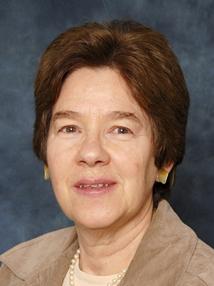BibTex format
@article{Linari:2003:10.1113/jphysiol.2002.032185,
author = {Linari, M and Woledge, RC and Curtin, NA},
doi = {10.1113/jphysiol.2002.032185},
journal = {J Physiol},
pages = {461--474},
title = {Energy storage during stretch of active single fibres from frog skeletal muscle.},
url = {http://dx.doi.org/10.1113/jphysiol.2002.032185},
volume = {548},
year = {2003}
}

